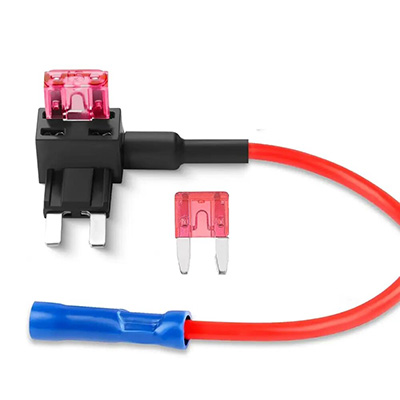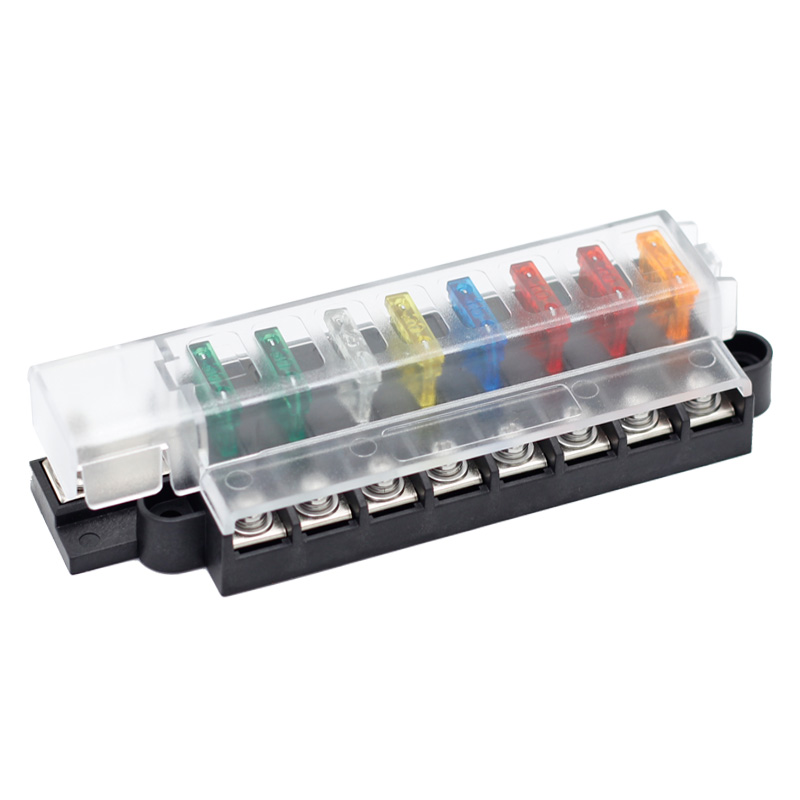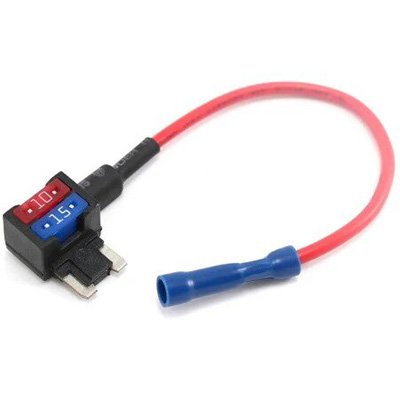Enhancing Safety and Functionality with Fuse Taps in Tail and Rear Automotive Lighting
News 2025-10-20
Fuse taps are essential components in modern automotive electrical systems, particularly for tail lights and rear lighting setups. They allow users to add additional circuits without compromising the vehicle’s original wiring. This method is widely used in automotive modifications, ensuring that new devices like LED upgrades or accessory lights integrate safely and efficiently. By tapping into existing fuse boxes, these devices help maintain circuit protection, preventing overloads and potential electrical failures. In the context of tail and rear lighting, fuse taps enable precise power distribution, which is crucial for visibility and safety during night driving or in adverse weather conditions.

Application Scenarios
Fuse taps find extensive use in various automotive scenarios, especially when upgrading or customizing lighting systems. For instance, in fleet vehicles or personal cars, they are ideal for installing aftermarket tail light assemblies that require dedicated power sources. Mechanics often employ fuse taps during repairs to add diagnostic tools or auxiliary lights without altering the main wiring harness. In recreational vehicles, such as RVs or trucks, they support the integration of backup cameras, trailer lighting, or enhanced brake light systems. This versatility makes fuse taps a go-to solution for both professional installers and DIY enthusiasts, ensuring reliable performance in demanding environments like highways or off-road conditions.
Performance Advantages
When it comes to tail and rear automotive lighting, fuse taps offer significant benefits that enhance overall system reliability. They provide a secure way to split power from a single fuse slot, allowing multiple devices to operate without risking shorts or blown fuses. This design improves energy efficiency by enabling precise current distribution, which can extend the lifespan of lighting components. Additionally, fuse taps are compact and easy to install, reducing the need for complex rewiring that could introduce vulnerabilities. Their ability to maintain original circuit protection while supporting additions makes them superior for applications where safety and durability are paramount, such as in high-traffic urban driving or long-haul transports.
Frequently Asked Questions
1. What is a fuse tap and how does it work?
A fuse tap is a small adapter that connects to an existing fuse in a vehicle’s fuse box, allowing you to add an extra circuit for powering additional devices while sharing the same fuse protection.
2. Can fuse taps be used in any vehicle model?
Yes, fuse taps are universally compatible with most vehicles that have standard blade-type fuses, but it’s important to check the fuse box layout and amperage ratings for safe installation.
3. What safety precautions should be taken when using fuse taps?
Always ensure the fuse tap matches the circuit’s amperage, disconnect the battery before installation, and test the setup to avoid overloading, which could lead to electrical issues.

